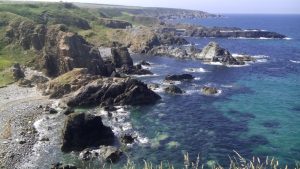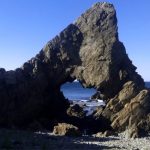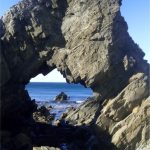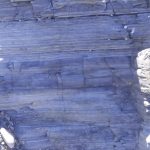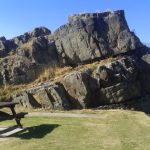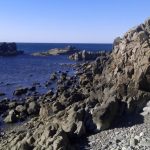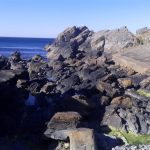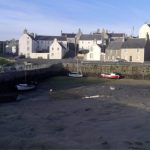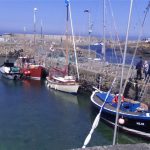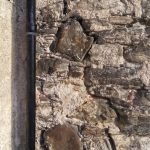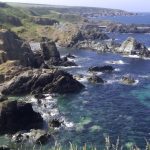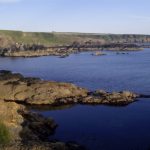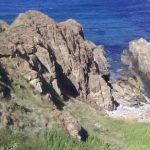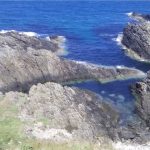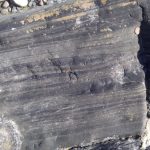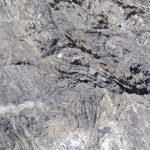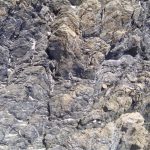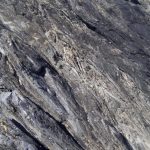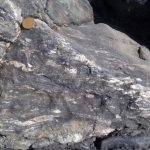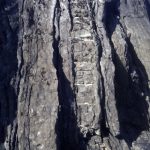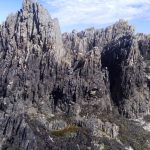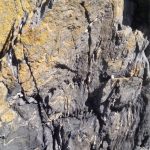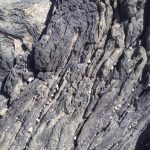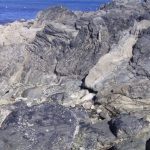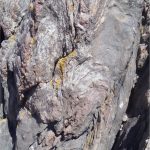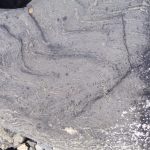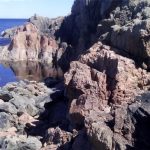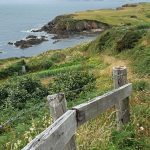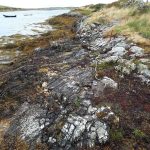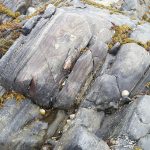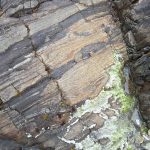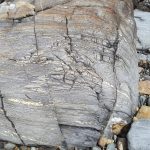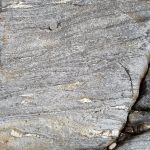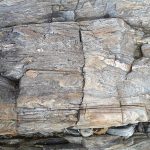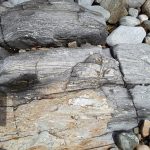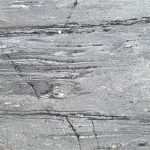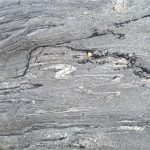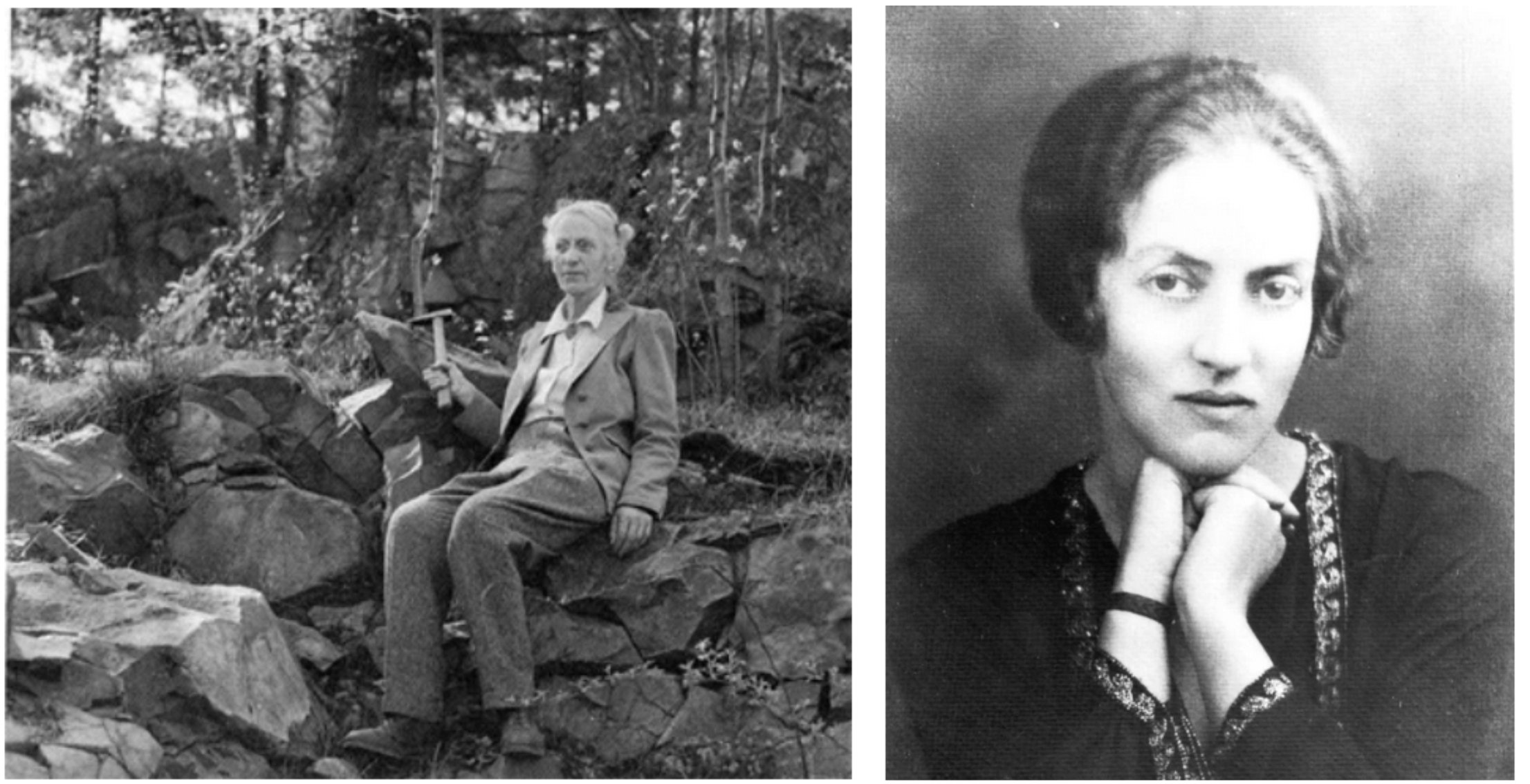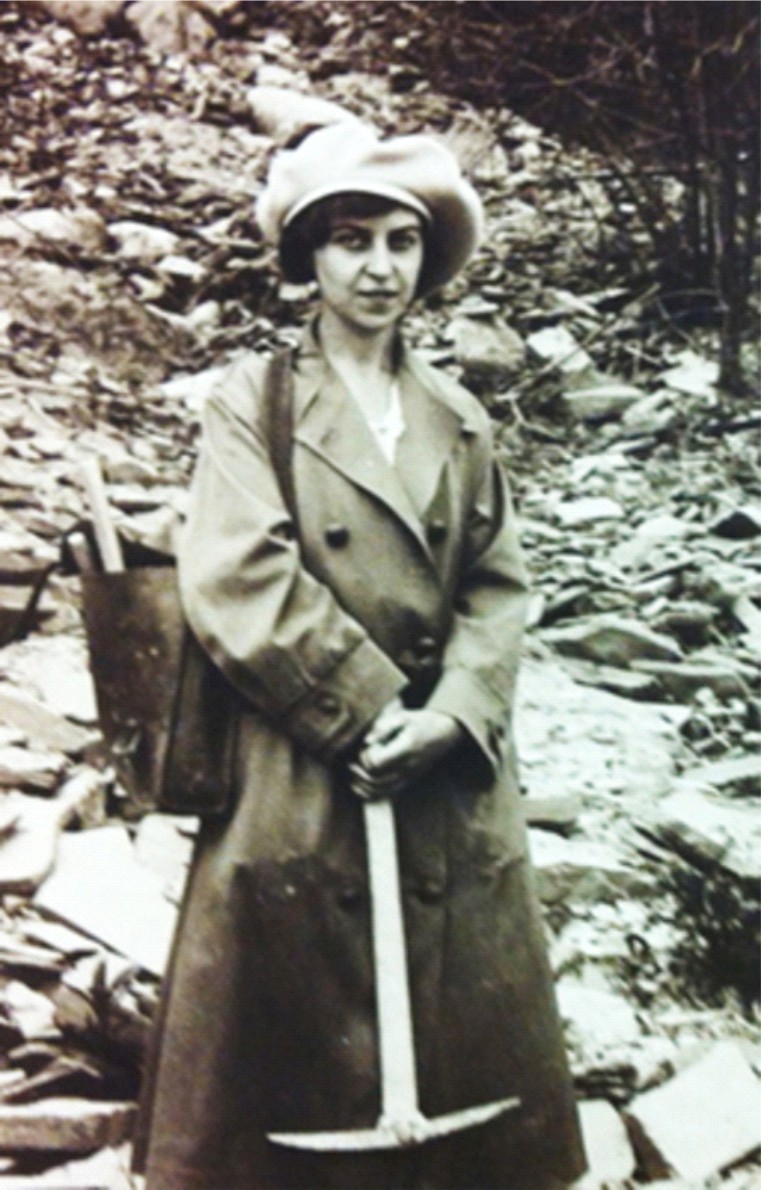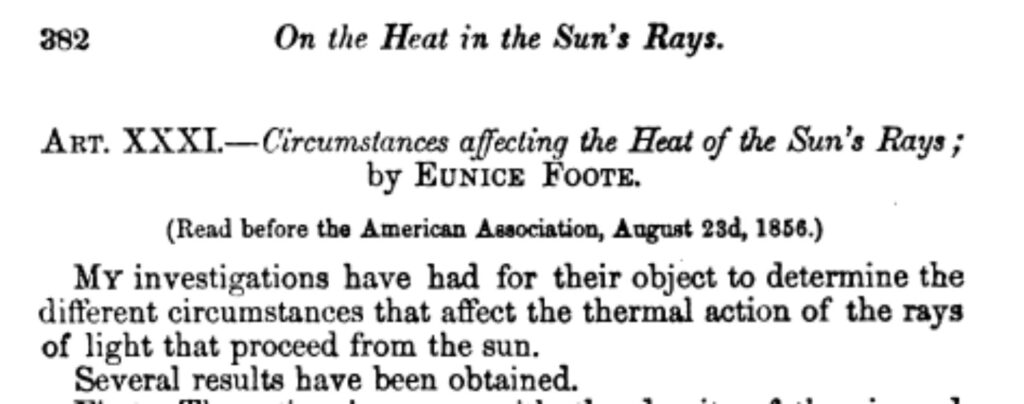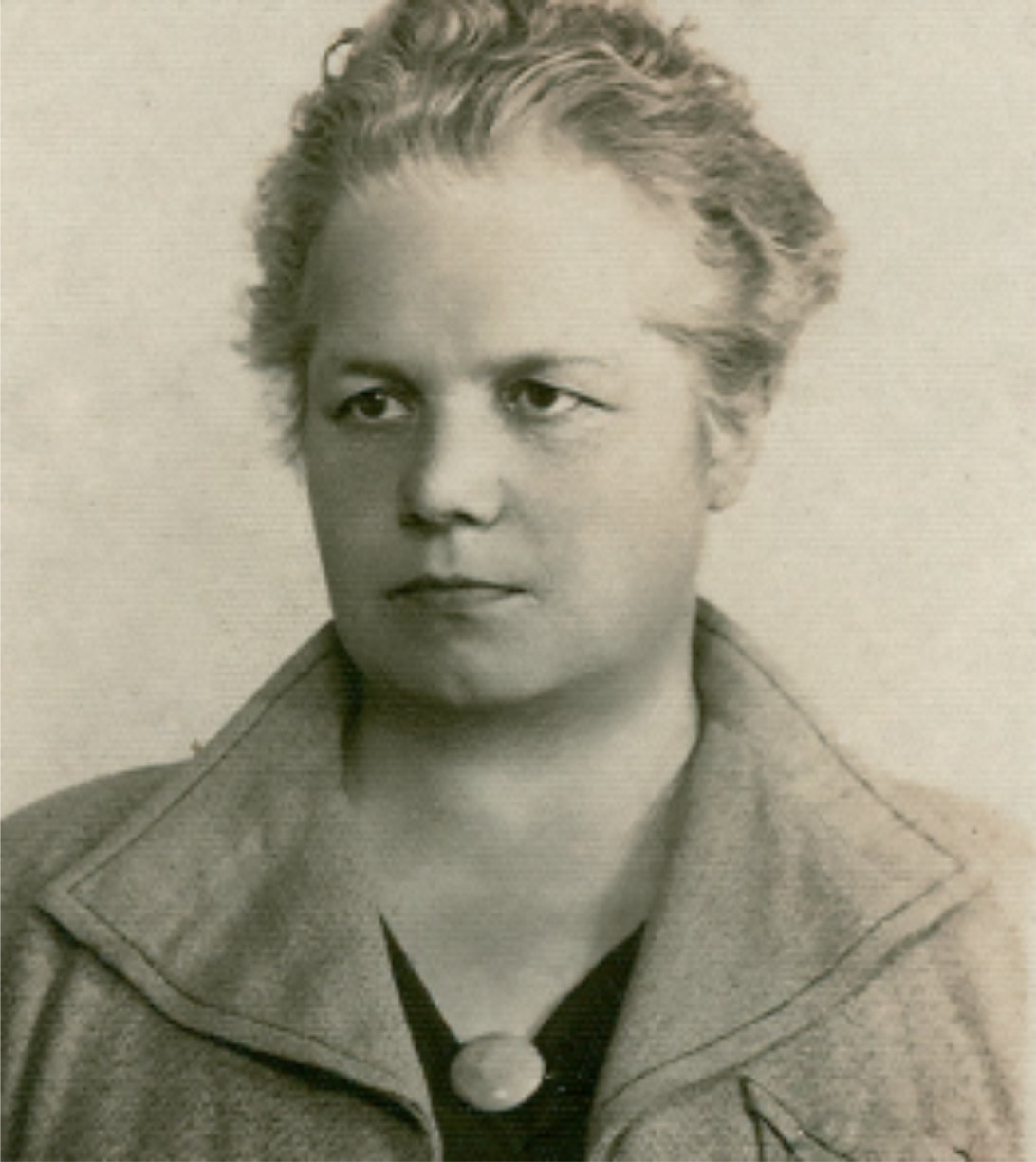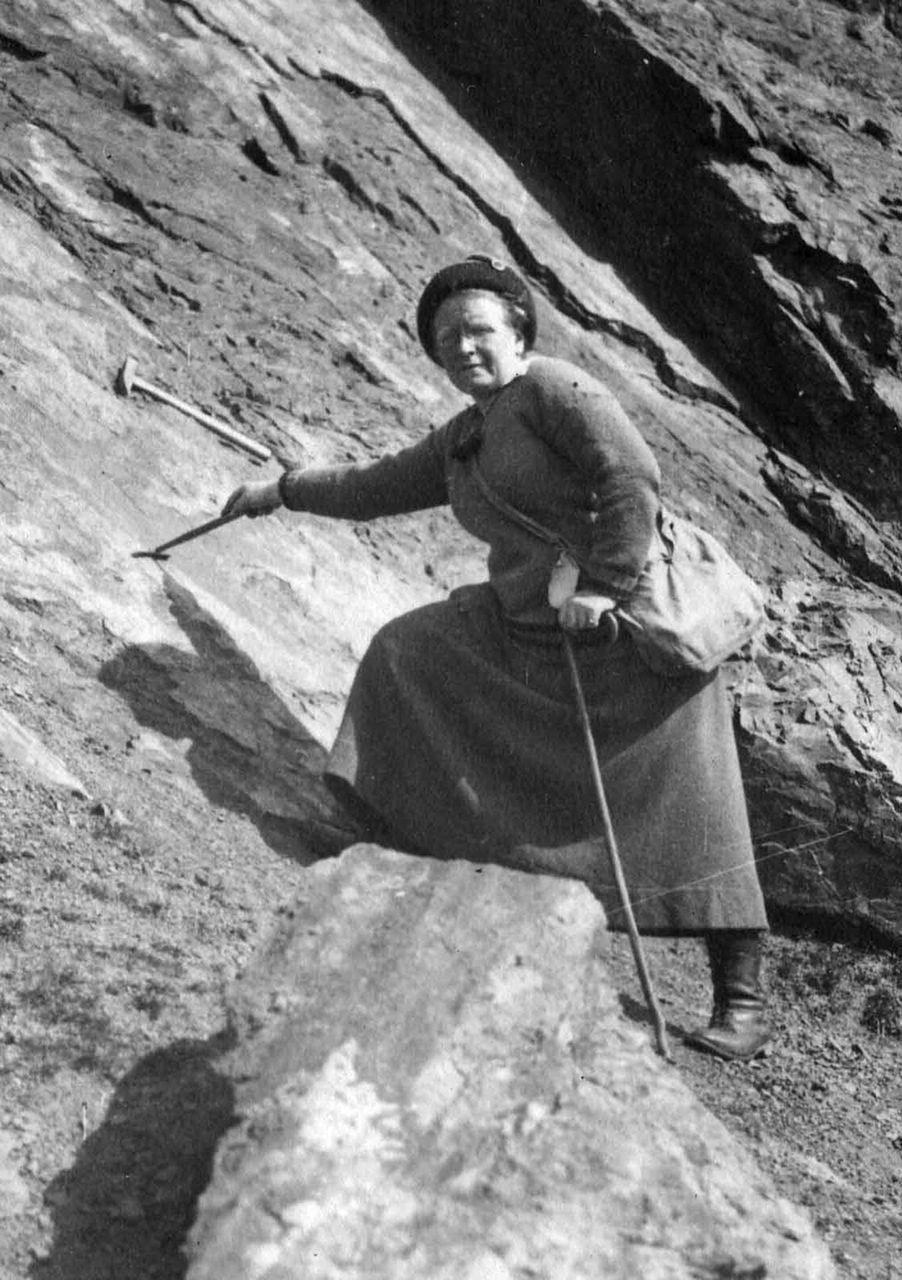Dalradian rocks and structures
The Atlas, as are all blogs, is a publication. If you use the images, please acknowledge their source (it is the polite, and professional thing to do).
The Dalaradian, a 15+km-thick sequence of metasediments and metavolcanics occupies a broad swath through central Scotland. This is the Grampian Terrane, a patch of rock that originally accumulated on the Late Precambrian – early Paleozoic margin of the ancient continent Laurentia, washed by the equally ancient Iapetus Ocean. The Grampian Terrane is now sandwiched between two crustal-scale sutures: Great Glen Fault in the north, and the Highland Boundary Fault. Dalradian rocks overlie Laurentian basement.
Dalradian polyphase deformation, metamorphism, and syn- and post-kinematic intrusions have been the subject of intense study, conjecture and debate since the 1800s. In 1893 George Barrow published his discovery of a coherent metamorphic zonation in the Dalradian sequence, that ever since has promoted theoretical concepts of crustal processes such as pressure-temperature effects during burial, elucidation of structural complexities, and exhumation of deep crustal realms. Barrovian metamorphism and deformation took place during the late Cambrian – Ordovician Grampian Orogeny, an early phase of Caledonian mountain building during closure of the Iapetus, and collision between Laurentia and an oceanic island arc.
Below are some images taken during a recent visit to Macduff and Portsoy (coastal Moray Firth, Banffshire, Scotland), and Connemara, County Galway, Ireland.
This link will take you to an explanation of the Atlas series, the ownership, use and acknowledgment of images. There, you will also find links to the other Atlas categories.
Some useful references:
B.E. Leake, 1986. The geology of SW Connemara, Ireland: A fold and thrust Dalradian and metagabbroic-gneiss complex. J Geological Society of London, v.143, p. 221-236.
D.M. Chew and R.M. Strachan, 2015. The Laurentian Caledonides of Scotland and Ireland. Geological Society of London Special Publication 390, p. 45-91
Banffshire coast – an excursion – introduction to geology. British Geological Survey, 2015
Macduff: On the coast near the old swimming pool, thick bedded psammites, possibly crossbedded, with thinner intervals of pelite-shale, with a suggestion of ripple, despite the garnet-zone metamorphism. There is some penetrative fabric here, but not as intense as that seen along the Portsoy coast. An excellent Cullen Skink can be sampled in any of the local cafes in the nearby town of Cullen.
Massive bedded psammites and thin interlayered pelitic rocks. Bedding is well preserved, despite the relatively high grade metamorphism. There are hints of crossbedding. Cullen.
Thin bedded and laminated pelites with interleaved lenses of coarser-grained lithologies, possibly rippled. Macduff.
Massive bedded psammites with internal discordant contacts resembling crossbeds. Macduff.
Portsoy (about 5km east of Cullen). The old harbour here was constructed in the 17th century and has stood the test of time and North Sea storms. Stone blocks (mostly psammite) in the original harbour walls were oriented vertically. Dalradian outcrop (from the disused swimming pool west of the village, to East Point) are part of the Portsoy Shear Zone. Kyanite-zone metamorphism produced well developed micaceous foliation; folding and cleavage records 3 or 4 stages of deformation. Post-tectonic pegmatites intrude the sequence. The first set of images are west Portsoy near the disused swimming pool. The second set is along a coastal transect towards East Point.
Blocks of psammite were aligned vertically in the old Portsoy harbour walls because it was thought at the time of construction, that this configuration would be more stable. It seems to have worked.
Elsewhere, house and wall construction used the more familiar horizontal block-stone style of construction.
Portsoy west (near the old swimming pool)
Views west of Portsoy. Large mullions in quartzite are clearly visible in the left image. Here, fold axes are steeply plunging (approximately north).
Another view of the mullions – located between the disused swimming pool and Portsoy village. (focus mot brilliant in this image – it was a very windy day)
Shearing in interlayered psammites-pelites has disrupted the earlier foliation and folding.
A patch of reasonably coherent foliations and small, recumbent, isoclinal folds and boudinage.
Folding in thin bedded psammites-pelites and limestone (fold axes here are almost horizontal). Folds In the right image have been sheared.
Foliated and folded, thin bedded psammites. This exposure is very close to the two images immediately above; here the fold axes have been rotated.
Detail of shearing and stretching of small-scale folds.
Tension fractures in bedded psammite.
Portsoy east
Foliated psammites, steep-dipping cleavage, and some shearing.
Small-scale folds in thin bedded psammite-pelite sequence
Left: folded psammites and boudinage of thicker limestone (light grey). Right: Small-scale folds in thin bedded psammite-pelite.
Small-scale folding and boudinage in laminated pelite-limestone.
Post-shear pegmatite dyke in sheared psammites (near East Point)
Clifden coast, Connemara
The Sky Coastal route west of Clifden. The Dalradian here is part of the Connemara Metamorphic Complex and is a continuation of that seen in Scotland. It contains quartzites, schists, marbles and amphibolites. The outcrops shown here are primarily strongly foliated schists with a later phase of tight, isoclinal folding.
Left: the open Atlantic coast; Right, one of several estuaries, home to small fishing villages,
Strongly foliated and folded amphibolites exposed in the shore platform opposite Omey Island
Small-scale, recumbent, isoclinal folds
Small-scale folding, near Cleggan Harbour, NW of Clifden. Note the small thrusts near the center of the left image.
